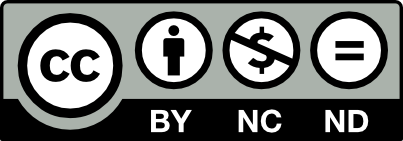Amidst shadows and silences: a faded memory of “us”.
DOI:
https://doi.org/10.23823/y1c7dp12Keywords:
home-based therapy, couples therapy, emotional system, rigid triadic structure, psychosomatic family system.Abstract
The clinical process described in this article begins with a request for an individual, home-based intervention, initially focused on Daniele’s psychological distress. However, the intervention soon expanded to include the couple’s relational dynamics. This shift was facilitated by several factors that collectively influenced the clinical process.
The systemic relational theoretical framework enabled the exploration of transactional patterns, boundaries, roles and couple dynamics. The home-based setting proved to be a privileged and highly enriching viewpoint, allowing direct observation of their relational context and of how the domestic environment reflected, each time, the relational atmosphere characterizing their system. Furthermore, clinical supervision was a crucial factor and a powerful driver of change, fostering new insights and meanings, that led to new intervention strategies.
The couple’s narrative soon gave more space to the recognition of a shared suffering and, alongside it, to the opportunity to express such experiences freely, gradually abandoning previous relational patterns of conflict avoidance and moving toward a clearer definition of themselves, both individually and as a couple.
Together, these elements enabled a broader and more relationally oriented exploration of the couple’s world, their interactional patterns, their family history, within a trigenerational framework, thereby opening up previously unconsidered possibilities.
Downloads
Downloads
Published
Issue
Section
License
Copyright (c) 2025 Noemi Braccini

This work is licensed under a Creative Commons Attribution-NonCommercial-NoDerivatives 4.0 International License.
Authors who publish in this journal agree to the following:
- Authors retain the rights to their work and give to the journal right of first publication of the work simultaneously licensed under a Creative Commons License - Attribution that allows others to share the work indicating the authorship and the first publication of this journal.
- Authors can accept other non-exclusive licensing agreements for the distribution of the published version of the work (eg. Deposit it in an institutional repository or publish it in a monograph), provided to indicate that the document was first published in this journal.
- Authors can spread their work online (eg. In institutional repositories or on their website) before and during the submission process, because it can lead to productive exchanges and increase the work published citations (See The Effect of Open Access) .










